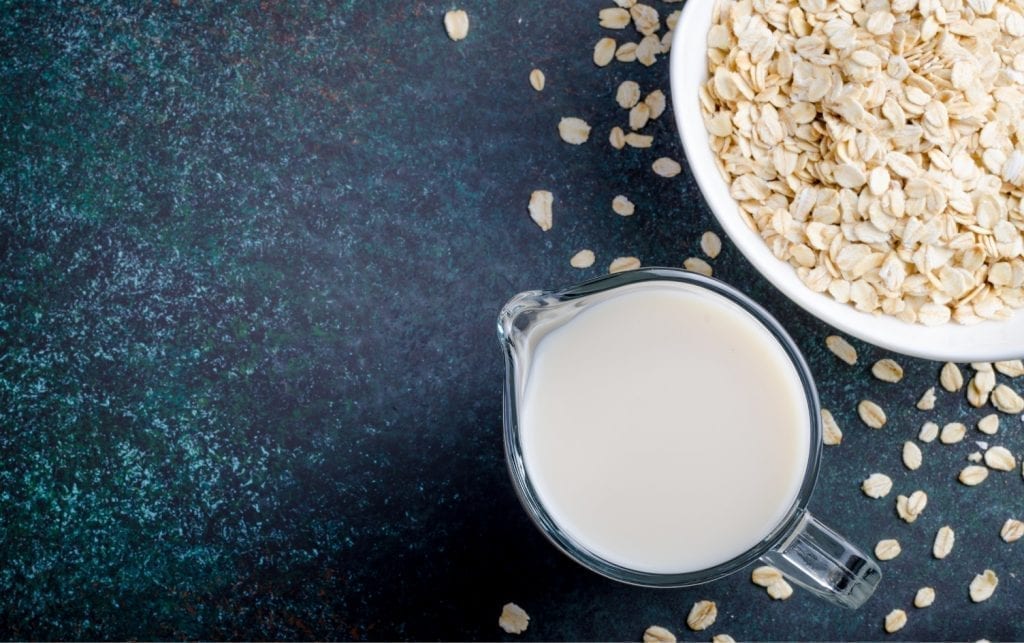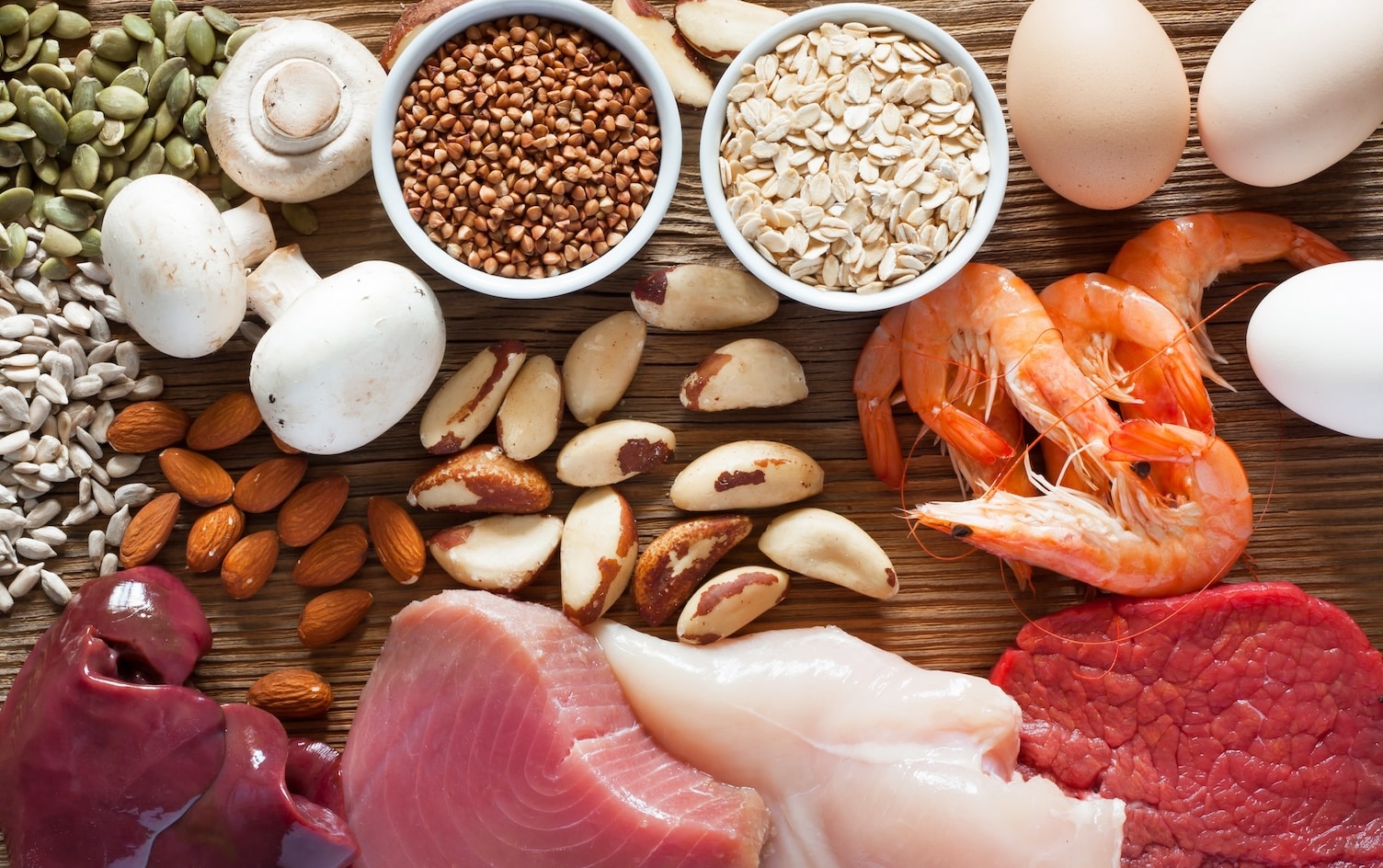Top 5 GLP-1 Natural Alternatives You Might Consider
Glucagon-like peptide-1 (GLP-1) is a hormone responsible for regulating blood sugar levels, particularly important for those with diabetes who may need additional support with this hormone.
Natural alternatives to GLP-1 can act as supplements, aiding the body's natural processes and helping to keep blood sugar levels stable. These alternatives can work alongside the body's natural rhythms to provide support.
While ongoing research continues to explore the effectiveness of natural GLP-1 agonists, it is essential to understand how they can complement your health journey.
Is There a Natural GLP-1?
The answer is not straightforward. While some foods can mimic the effects of GLP-1 medications by promoting a feeling of fullness and slowing digestion, they may not lead to rapid weight loss as seen with medications. Let's delve into this in more detail.
- GLP-1 is a hormone naturally produced in the body to regulate blood sugar levels, stimulate insulin production, and aid in energy production.
- It also plays a role in slowing digestion, reducing hunger, and improving metabolic health, which can support weight loss efforts.
- In cases of diabetes or insulin resistance, the body may not produce enough GLP-1, leading to challenges in blood sugar regulation.
Diabetes occurs when blood glucose levels rise due to insufficient insulin production or utilization, while insulin resistance hampers cells' response to insulin, resulting in high blood sugar levels.
GLP-1 receptor agonists serve as reinforcements, mimicking the natural hormone and enhancing the body's GLP-1 levels to manage blood sugar levels effectively. They help in insulin release, improve insulin sensitivity, and promote glucose absorption by cells.
Several GLP-1 agonist medications, such as Exenatide, Liraglutide, Dulaglutide, and Semaglutide, are available to aid in blood sugar control.

If GLP-1 medications are not suitable for your needs, incorporating specific foods into your diet can act as natural GLP-1 agonists and aid in blood sugar control.
Registered Dietitian Stephanie Nelson suggests, "Changing your diet can enhance feelings of fullness and slow digestion, although it may not replicate the effects of GLP-1 medication entirely. Further research will provide more insights over time."
Small changes in diet and lifestyle can significantly impact overall health in the long run. Let's explore some natural ingredients that can boost your GLP-1 levels.
Top 5 Foods and Supplements That Could Increase GLP-1 Naturally
Here are some natural GLP-1 agonists to support better blood sugar control:
1. Eggs and Protein-Rich Breakfasts
Research suggests that consuming protein and calcium-rich foods for breakfast can enhance GLP-1 release and aid in weight loss efforts. While the link between protein-rich foods and GLP-1 release is still under study, adding protein to your breakfast can offer multiple health benefits.
Starting your day with eggs or other protein-rich foods can provide essential nutrients, regulate blood sugar levels, and prolong feelings of fullness.
2. Nuts for Power-Packed Snacks
Nuts are nutritious snacks that can enhance a healthy diet. While research on their impact on GLP-1 levels is mixed, nuts are rich in protein, healthy fats, and dietary fibers, offering various health benefits.
Adding nuts to your diet can improve overall nutrition, support weight loss, and contribute to a healthier lifestyle.
3. High-Fiber Grains to Stimulate GLP-1 Production
Incorporating high-fiber grains like oats, barley, and rye can stimulate natural GLP-1 production, manage blood glucose levels, improve insulin sensitivity, and promote digestive health. Swapping refined grains for whole grains can support weight loss and overall health.
Tracking your fiber intake using tools like MyFitnessPal can help you reach the recommended daily fiber goals.
4. Magnesium Supplements to Stabilize Blood Sugar Levels
Magnesium supplements can aid in regulating glucose metabolism, improving insulin sensitivity, and potentially boosting GLP-1 release. Foods rich in magnesium, such as spinach, nuts, peas, beans, whole grains, and seeds, can also enhance your dietary intake of this essential mineral.

5. Lean Protein to Increase GLP-1 and Maintain Muscle Mass
Lean protein sources like chicken, fish, and tofu are rich in amino acids that can stimulate GLP-1 release, support muscle mass maintenance, and aid in weight management. Including lean protein in your meals can help stabilize blood sugar levels and promote overall muscle health.
The Bottom Line
Enhancing your diet with eggs, nuts, high-fiber grains, magnesium supplements, and lean proteins can positively impact your overall health. While the exact effects of these nutrient-dense foods on GLP-1 are still being studied, they contribute to a balanced diet and can support weight loss efforts.
By embracing a holistic approach to health and making mindful dietary choices, you can create a sustainable lifestyle that prioritizes your well-being. Small changes in diet and lifestyle can lead to significant results in achieving a healthier you.
